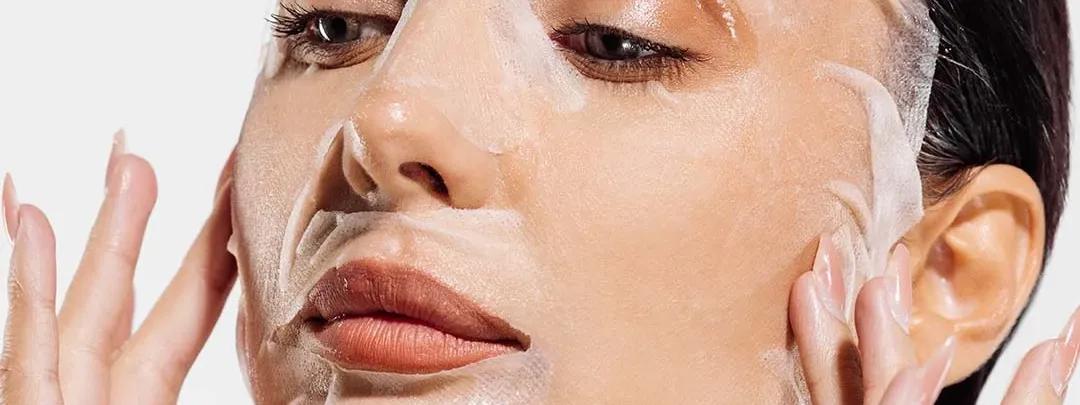When to Consult a Dermatologist
If you've been consistent with your routine for 12-16 weeks without seeing improvement, it might be time for professional guidance. Some types of pigmentation, particularly melasma treatment cases or deep sun damage, may require prescription-strength ingredients or professional procedures like chemical peels or laser treatments.
Watch out for any spots that change shape, size, or colour significantly, as these could indicate something more serious than regular hyperpigmentation. A dermatologist can also help create a comprehensive treatment plan that combines at-home care with professional treatments for stubborn cases.
Frequently Asked Questions
How long does it take for hyperpigmentation cream to work?
Most people start seeing subtle improvements in skin texture and radiance after 4-6 weeks of consistent use. Visible fading of dark spots typically becomes apparent around 8-12 weeks, with continued improvement over 6-12 months. Deeper or older pigmentation takes longer to fade than recent spots.
Can I use hyperpigmentation cream if I have sensitive skin?
Yes, but choose gentler formulations with ingredients like niacinamide or kojic acid rather than high-strength retinoids or acids. Always patch test first and introduce new products gradually. Look for fragrance-free, hypoallergenic options designed for sensitive skin types.
Is it safe to use hyperpigmentation cream during pregnancy?
Avoid treatments containing retinoids, hydroquinone, or high-strength acids during pregnancy and breastfeeding. Safer options include vitamin C, azelaic acid, and kojic acid, but always consult your healthcare provider before starting any new skincare treatments during pregnancy.
Can hyperpigmentation cream be used on other parts of the body?
Most facial hyperpigmentation treatments can be used on other areas like hands, chest, or shoulders, though body skin is typically less sensitive than facial skin. You might be able to use slightly stronger concentrations or apply more frequently than you would on your face.
How can I prevent hyperpigmentation from recurring?
Consistent daily sunscreen use is the most important preventive measure. Treat acne promptly to prevent post-inflammatory pigmentation, avoid picking at spots, and consider incorporating antioxidants like vitamin C into your routine to protect against environmental damage.
Final Thoughts
Mastering the art of hyperpigmentation cream application isn't rocket science, but it does require patience, consistency, and the right technique. Remember that treating dark spots is a marathon, not a sprint—slow and steady wins this particular race. The key lies in choosing the right ingredients for your skin type, applying them correctly, and protecting your progress with diligent sun protection. With the proper approach and realistic expectations, you can achieve the clearer, more even-toned complexion you're after. Your skin's got this, and so do you.

 200ml
200ml Combo
Combo 30 ml
30 ml 30 ml
30 ml